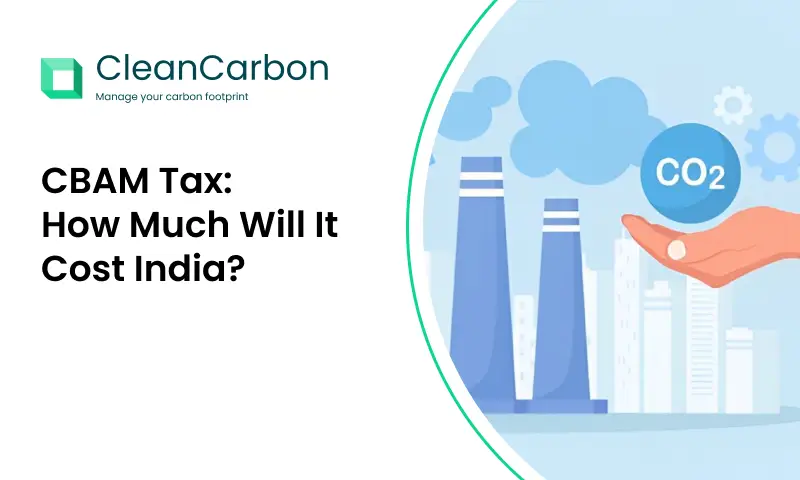The oil and gas industry stands at a pivotal crossroads, facing the challenges of a rapidly evolving global landscape while acknowledging the pressing need for sustainability. Environmental, Social, and Governance (ESG) considerations have swiftly moved to the forefront, compelling industry leaders to rethink their strategies, operations, and societal impact.
Understanding ESG in the Oil & Gas Context
ESG isn’t just a buzzword; it’s a fundamental shift in business paradigms. For oil and gas leaders, embracing ESG principles means acknowledging the environmental impacts of their operations, engaging with local communities, and ensuring robust governance practices.
Environmental Responsibility
The environmental impact of extracting and utilizing fossil fuels is undeniable. Emissions, waste generation, and ecological disturbances have placed heightened scrutiny on the industry. Consequently, companies are increasingly investing in cleaner technologies, reducing emissions, and exploring renewable energy alternatives.
Innovations in carbon capture, utilization, and storage (CCUS) technologies have gained traction, offering a bridge toward reduced emissions. Additionally, investments in renewable energy sources, such as solar and wind, not only diversify revenue streams but also align with sustainability goals.
Social Commitment
Engaging with communities near operational sites has become imperative. Oil and gas companies are recognizing the importance of community involvement, supporting local economies, and respecting indigenous rights. Collaborative initiatives encompassing education, healthcare, and infrastructure development are fostering better relationships between these companies and the communities they operate in.
Governance Practices
Transparent and ethical governance practices form the bedrock of sustainable businesses. Robust governance ensures accountability, risk management, and adherence to regulations. Boards are evolving to include diverse perspectives, acknowledging the significance of varied viewpoints in decision-making processes.
The Path Forward: ESG Strategies
For oil and gas leaders navigating this transformative landscape, several strategies can foster ESG integration into their operations:
1. Setting Clear ESG Goals
Establishing measurable ESG targets aligned with global sustainability frameworks like the UN Sustainable Development Goals (SDGs) allows companies to track progress and demonstrate accountability.
2. Innovation and Technology Adoption
Investing in innovative technologies that reduce emissions, optimize operations, and harness renewable energy sources is crucial. Continuous research and development drive progress toward sustainability.
3. Stakeholder Engagement
Regular dialogue with stakeholders, including investors, communities, governments, and NGOs, fosters trust and aligns business strategies with societal needs.
4. Reporting and Transparency
Transparent reporting of ESG metrics allows stakeholders to assess a company’s progress. Detailed disclosures demonstrate a commitment to accountability and drive investor confidence.
5. Culture of Responsibility
Instilling a culture of sustainability throughout the organization, from leadership to employees, ensures that ESG considerations permeate every decision and action.
Conclusion
ESG integration isn’t merely an option for oil and gas leaders; it’s an imperative for long-term viability. Balancing profitability with responsible practices is the new norm. Embracing ESG strategies isn’t without challenges, but it’s an investment in a sustainable future—a future where the oil and gas industry plays a pivotal role in a cleaner, more equitable world.
The journey toward comprehensive ESG integration is ongoing. It requires collective effort, innovation, and a steadfast commitment from leaders to navigate this transformative path successfully.






